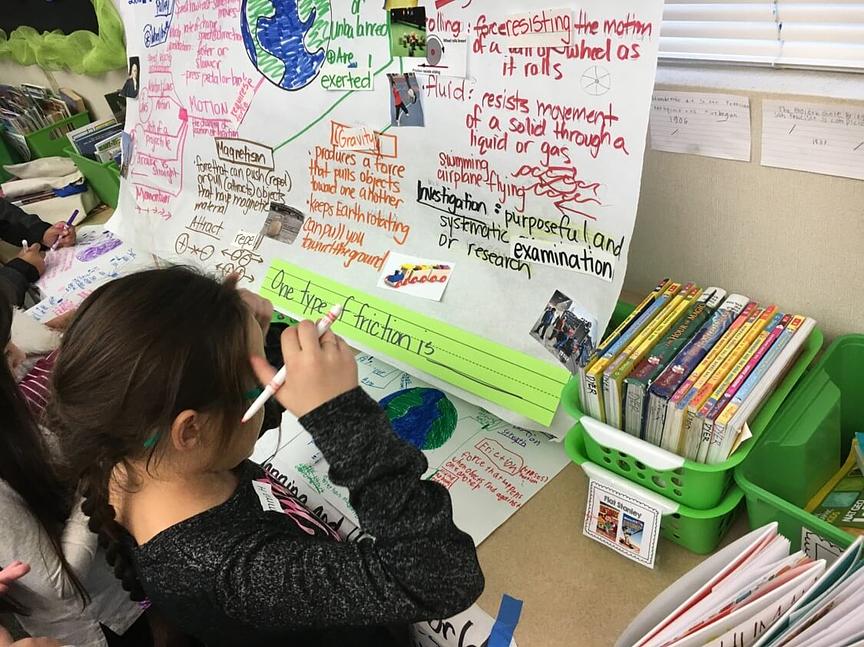What we do?
We train teachers on how to make content come alive through sketching, pictures, chants, and media with language that corresponds with it. Through well-designed lessons that build upon brain, biliteracy, second language acquisition, reading and writing research, deep connections to cognition are built.
Why we do it?
Personal identity, socio-emotional growth, and culture are rooted in language development. We help teachers and students engage in meaningful and responsive approaches to language acquisition in K-12 schools.


.png)
